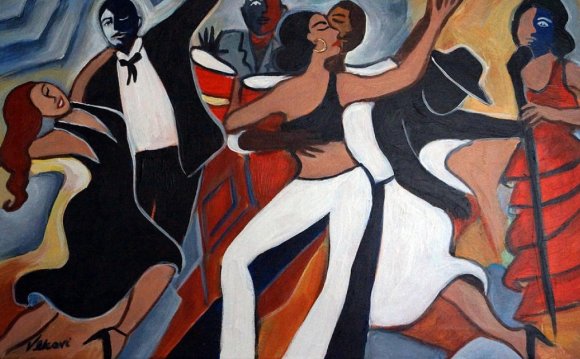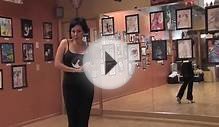
Sa well-known form of social party that originated in new york with powerful influences from Latin The united states, particularly Puerto Rico, Cuba, and Colombia. The motions of salsa have actually beginnings in Cuban Son, Cha-cha-cha, Mambo along with other party kinds, plus the party, combined with the salsa songs, originated in the mid-1970s in nyc.
Origin
Title "salsa" (combination) was described as a-dance considering that the mid-1970s. Using the expression the party started in New York. It developed from previous Cuban dance forms particularly Son, boy Montuno, cha-cha-cha and Mambo of well-known in the Caribbean, Latin America and Latino communities in ny considering that the 1940s. Salsa, like most songs styles has gone through plenty of difference through the years and included aspects of Afro-Cuban and Afro-Caribbean dances particularly Guaguanco and Pachanga. Different countries associated with Caribbean and Latin The united states have actually distinct salsa varieties of their, such as for example Cuban, Colombian, Puerto Rican, L.A. and nyc designs.
There is certainly some debate surrounding the beginnings of this word salsa. Some declare that it had been according to a-cry shouted by performers while they were playing their particular songs. Other individuals believe the word was created by record labels to higher market their music, who find the term "salsa" due to the spicy and hot connotations. Nevertheless others think the definition of came into being because salsa dancing and songs is an assortment of different styles, the same as salsa or "sauce" in Latin-American countries is an assortment of various components.
Information
In many varieties of salsa dancing, as a dancer shifts their weight by stepping, top of the human body continues to be degree and nearly unaffected by the fat changes. Weight shifts result in the hips to go. Supply and shoulder movements will also be included. The Cuban Casino type of salsa dancing requires significant motion over the waist, with up-and-down shoulder moves and shifting of this ribcage.
The hands are employed because of the "lead" performer to communicate or signal the "follower, " either in "open" or "closed" position. The available place needs both dancers to put on one or your hands, particularly for techniques that include turns, placing arms behind the back, or getting around each other, among others instances. When you look at the shut place, the leader puts suitable hand on follower's straight back, as the follower places the left hand regarding the leader's shoulder.
RELATED VIDEO












